Tai- Chi- Chuan | home
Background | Saddle back college Taichi DAY 2001 and photos | History of Tai Chi Chuan | LONG FORM MOVEMENTS | Shing I Chuan | Favorite Locations | Related Links | Contact Me
Saddle back college Taichi DAY 2001 and photos
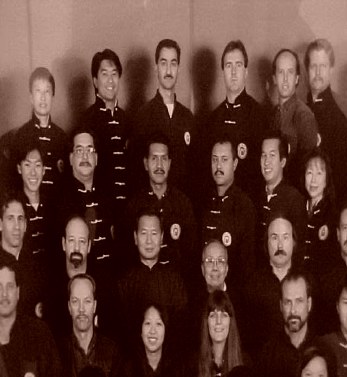 Chengs Shaolin school Buena Park 1988
|
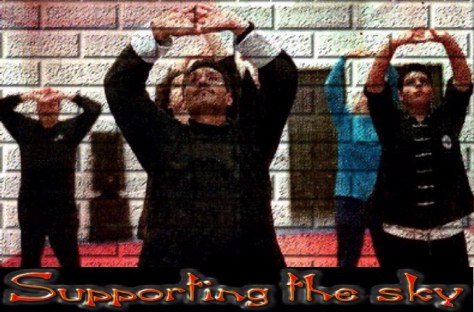 |
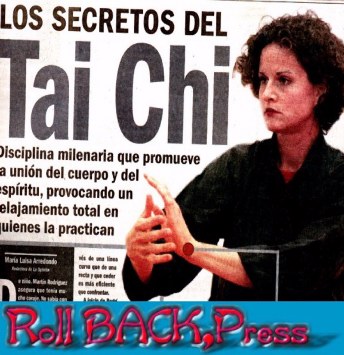 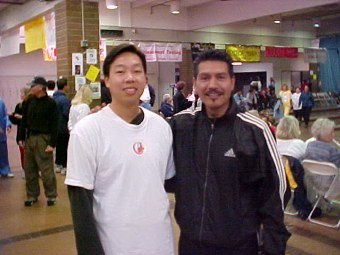 Ryann Lee and martin rodriguez
http://communities.msn.com/TaiChiClub
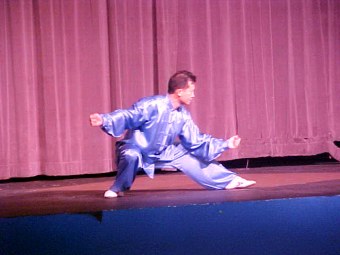 Chen tai-chi
http://communities.msn.com/TaiChiClub
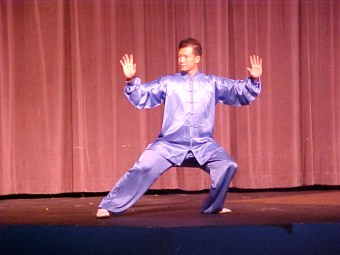 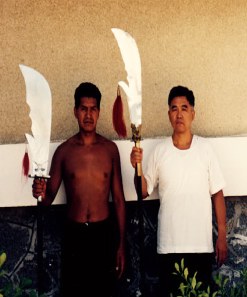 Martin with kwan do master yantai Chinna
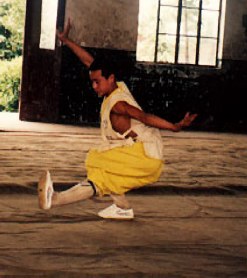 Shao-lin kung fu
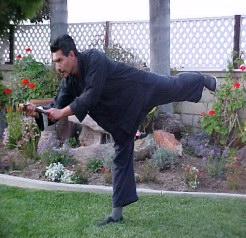 Tai chi Jen sword
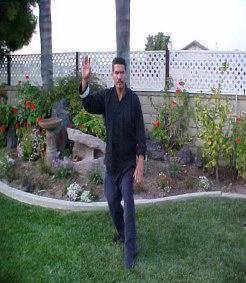 Crane spreads it's wings
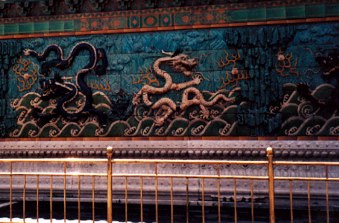 9 Dragon wall Forbidden City
 |
Key to understanding
Tai chi chuan movements.
Be calm be steady in guiding the chi with the mind so that it can be absorbed and stored in the bones. Practice easy and be natural in activating the body with chi so that it will coordinate with your mental command.
When the spirit is fully aroused there will be no fear of tardiness or clumsiness of movement. That is the meaning of holding up the head as if suspended from above. The change of aiming and breathing should be nimble
enough to benefit it self from accommodating to the continually rising or changing situation this is the meaning of transposition from one stance to another and distribution of blankness and entities in a given movement.
Strength let it be steady and relaxed nearly dosed and all aimed to one focus at a time but keep the body erect and comfortably occupying a central position so poised as to be able to handle oncoming impact from all sides.
Circulate the chi like the waves in the ocean one often another. The least crevice must suffice for passage when the chi has circulated all through the body.
Develop your strength until it is as resilient as highly tempered steel to which nothing is invulnerable.
Poise your body like a hawk ready to pounce upon a rabbit and alert your spirit like a cat ready to suprice a mouse. Where there is no motion let it be as immoble as a mountain
but ready to explode like a volcano when needed be fluid and adaptable like the lava to circumstances. Store up your energy like the bending of a tree and relax when the wind comes.
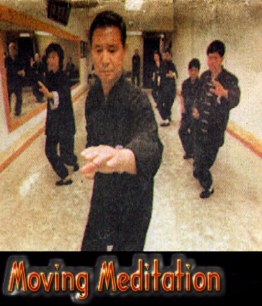 kung fu
Shao Lin Kung Fu is the most complete and effective form of self-defense practiced in the world today.
This powerful art that teaches punching, kicking, throwing, and grappling (joint locks and pressure points) was developed in the Shao Lin temple which was built in Northern Chinain 495 A.D. The temple was constructed originally for the worship and preaching of Buddhism.
Though it is not clear exactly when the martial arts first appeared there, it is a fact that the temple and its monks became associated with the martial arts as time went on.
For over a thousand years Shao-lin kung fu grew trough the temples into the most complete martial arts system in China and the world. The fighting skills possessed by the Shao-lin monks were always considered a means of self defense, only to be used as a last resort. The monks of Shao-lin and there system were viewed as agents of virtue and justice. Everywhere a Shao-lin monk went, his martial ability was always used to help and protect.
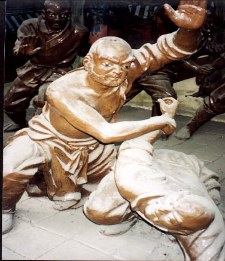 Shaolin fighting
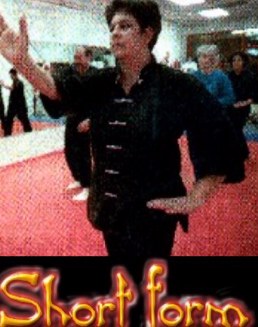 Dear World Tai Chi & Qigong Day Supporters,
Please forward this important research finding to your local MEDIA, students
and community. "Tai Chi Helps with Attention Deficit Disorder." This is a
very important finding as ADD and ADHD are increasing problems in schools.
Inform local educators and children's hospitals of this study.
Have a GREAT World Tai Chi & Qigong Day 2001. This year will be massive.
Emails are pouring in from around the world from Tai Chi & Qigong groups on
six continents.
Bill Douglas, World Tai Chi & Qigong Day Founder
For requests for reprints on this study, contact:
Dr. Tiffany Field
Touch Research Institute
University of Miami School of Medicine
PO Box 016820
Miami, FL 33101
ON ATTENTION DEFICIT HYPERACTIVITY DISORDER "BENEFITS FROM TAI CHI"
Below is an abstract from this study:
Thirteen adolescents with ADHD participated in Tai Chi classes twice a week
for 5 weeks. Teachers rated the adolescents' behaviors on the Conners Scale
during the baseline period, after the 5 week Tai Chi period and two weeks
later. After the 10 Tai Chi sessions the adolescents displayed less anxiety,
daydreaming behaviors, inappropriate emotions and hyperactivity and improved
conduct. These changes persisted over the two-week follow up (not Tai Chi)
period.
********
NOTE TO TAI CHI TEACHERS FROM WTCQD: This is a huge issue, because ADD is a
rapidly growing problem for schools, parents and children. Many major media
pieces have been done on it, and most mainstream magazine's have done
articles on this problem.
|